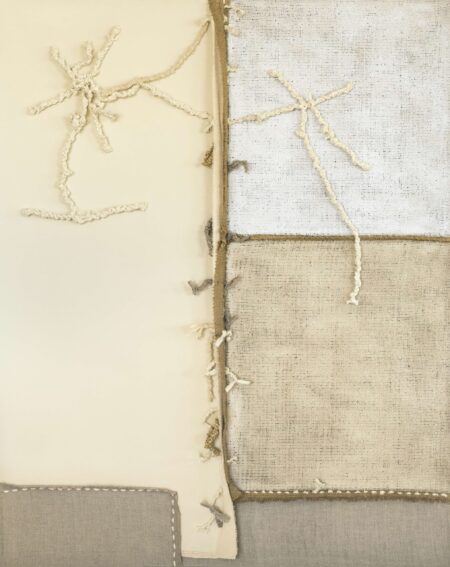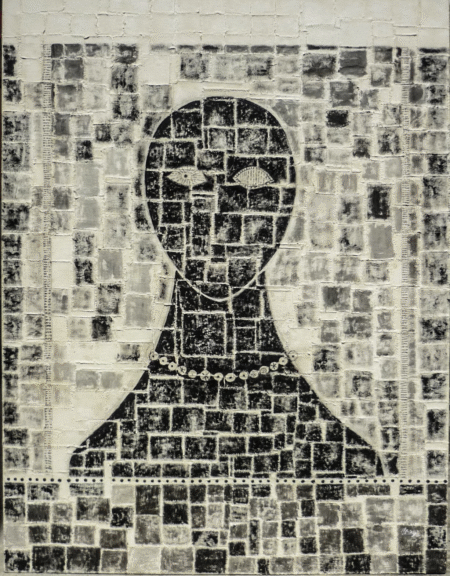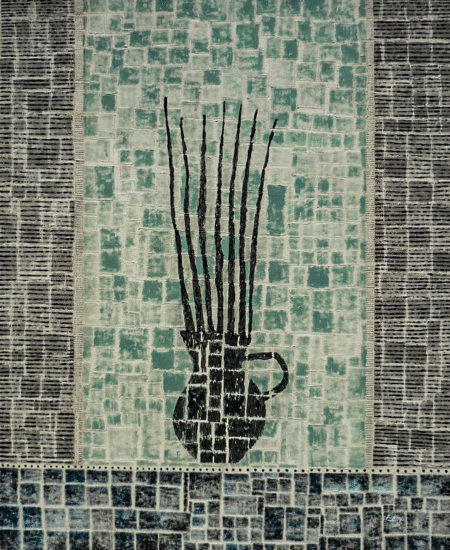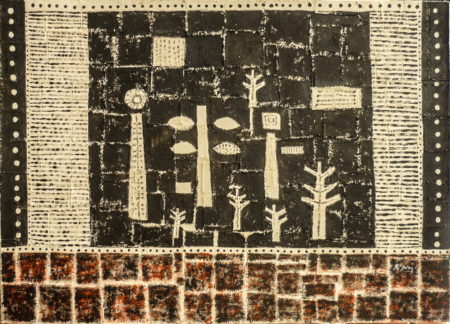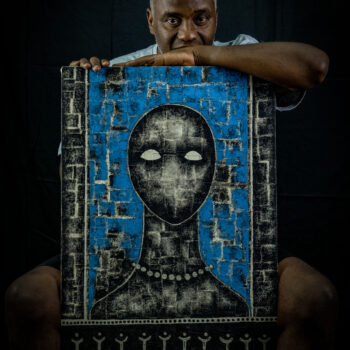
Juan Roberto Diago Durruthy
Juan Roberto Diago Durruthy (Havana, 1971) is a leading contemporary Cuban artist, widely recognized for his work as a painter, sculptor, and installation artist. He studied at the San Alejandro Academy of Fine Arts in Havana, where he currently lives and works. He is a Consulting Professor at the University of the Arts and a member of the Union of Writers and Artists of Cuba (UNEAC).
Diago’s practice is characterized by the use of found materials and a profound engagement with themes of slavery, the African diaspora, and Afro-Cuban identity. His work transforms the scars of slavery into symbols of resilience, strength, and cultural memory, revaluing silenced histories and reframing the legacy of Afro-descendant communities.
He has presented numerous solo exhibitions in major museums and galleries across the United States, France, Spain, Germany, and Cuba. Notable shows include La Oscuridad fue el Principio (Casa América, Madrid), Foraged Materials, Assembled Histories (University of Missouri), and The Past of This Afro-Cuban Present (Harvard University).
Diago has also participated in international biennials such as the Venice Biennale, the Dakar Biennale, and the Havana Biennial, and has been featured in projects like Artes de Cuba at the Kennedy Center (USA) and Visionary Aponte at Vanderbilt Fine Arts Gallery.
The artist’s work is represented in prestigious international collections and museums, including the National Museum of Fine Arts in Havana, Cuba; Cernuda Arte in the USA; the Deste Foundation for Contemporary Art in Greece; The Von Christierson Collection; CIFO Collection in the USA; Pizzuti Collection in the USA; HGN/HGN Collection in Germany; Zabludowicz Collection in England; the Museum of Fine Arts in Boston, USA; the Jorge M. Pérez Collection in the USA; the Museum of Black Civilizations in Dakar, Senegal; Fondation Clément in Martinique; Fundación María Cristina Masaveu Peterson in Spain; Fundación Kells in Spain; and Museo Reina Sofía in Spain.
His artistic legacy is documented in Diago: The Past of This Afro-Cuban Present, published by Harvard University Press, which underscores his role as a vital voice in the discourse on race, memory, and art in the Caribbean and the African diaspora.

